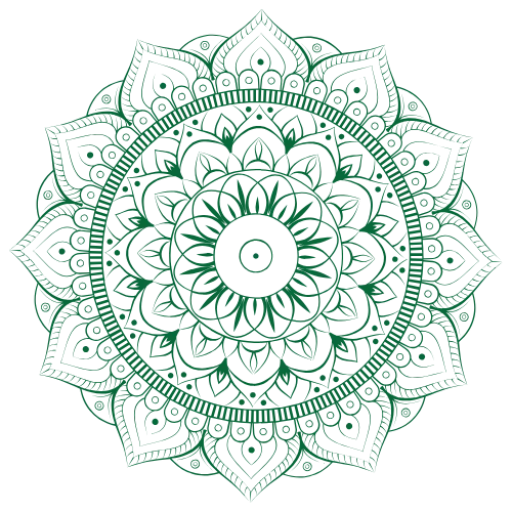Written by Sophie Nusselder for Parimukti
In this article I’ll introduce you to the transactional analysis. How do I apply this theory in life and how can a yogateacher apply this theory? Also you can read an interview with Angelica Macky; one of our teachers at Parimukti. What is the art of teaching according to her?
This article consists of 4 parts:
1: Parent, child, adult nature
2.Three ego states
3.Micro, meso, macro yogic lifestyle?!
- How does a yoga teacher apply this theory?
Part 4 of 4:
How does a yoga teacher apply this theory?
I had a talk with Angelica Mackey, she teaches “ the art of teaching” to students in the teacher training at Parimukti.
Angelica: ‘We want genuine people to find turning points in their lives. We want them to challenge in identifying their boundaries and give them yogic tools to liberate themselves. We hope to do this by creating a safe environment where they can experience and share their vulnerable and comfortable emotions. When they go home we hope they feel stronger and ready to continue their life in a healthy, happy and well being way. ‘
As a teacher, transactional analyses wise, she is in the “ nurturing parental role” .She perceives the students as “ adults who are ready to find turning points in their life”.
Angelica wants to ‘help the student to grow” by offering them yogic tools (philosophy, anatomy, asana, pranayama and meditation techniques). As a teacher she is sharing information and knowledge and want to help them develop their adult part.
She remarks that if one of the students is in the adapted child role, it is helpful for her to back off a little in order to take care of her own energy. “I see in every person in my life as a mirror. For a particular reason they showed up and help me to find ways to see my truth. This is exactly what I encourage my students to do. I hope to give them tools to acknowledge their true face in the mirror. This might help them to serve others in return and guide them in their yogic path”.
Namaste
Acknowledgement
www.ericberne.com

